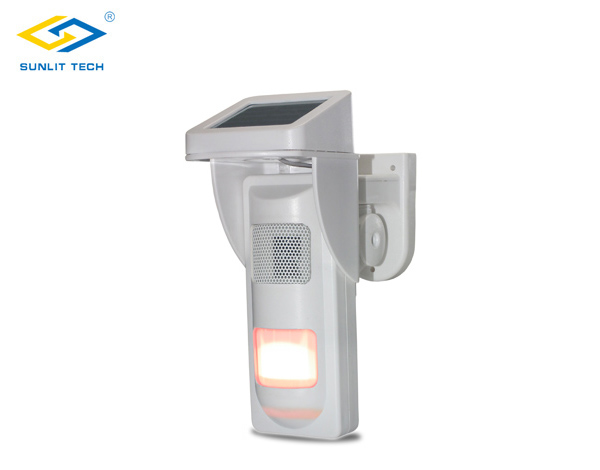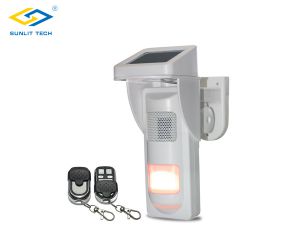Enhancing Home Security with Wireless Outdoor PIR Detectors
In today's world, ensuring home security has become more critical than ever. With advancements in technology, homeowners have access to a variety of security solutions, among which wireless outdoor PIR detectors have gained popularity for their effectiveness and ease of use. This article explores how to best utilize these devices to enhance home security and provides practical tips for their optimal use.
1. Understanding Wireless Outdoor PIR Detectors
Wireless outdoor PIR (Passive Infrared) detectors are designed to detect motion by sensing changes in infrared radiation from objects in their field of view. Unlike wired systems, these detectors communicate with your security system wirelessly, reducing installation complexity and offering flexibility in placement.
2. Strategic Placement for Maximum Effectiveness
To maximize the effectiveness of your wireless outdoor motion sensors, strategic placement is crucial. Consider the following tips:
Cover Key Entry Points: Place wireless outdoor motion sensors at entry points like doors, gates, and driveways to monitor any suspicious activity.
Avoid Direct Sunlight: Install detectors in locations where they are not exposed to direct sunlight or extreme temperatures, as these conditions can affect their performance.
Height and Angle: Mount the detectors at a height of about 6-8 feet and ensure they are angled to cover the widest possible area while minimizing false alarms.
3. Integrating with Other Security Systems
Wireless outdoor PIR detectors can be highly effective when integrated with other security systems, such as:
Cameras: Pair detectors with outdoor cameras to capture video footage when motion is detected, providing both visual and recorded evidence of potential intrusions.
Alarms: Connect outdoor wireless motion detectors to an alarm system that triggers an alert when motion is detected, enhancing the immediate response to unauthorized activity.
4. Maintaining and Testing Your Detectors
Regular maintenance and testing ensure that your wireless infrared motion sensors function optimally. Follow these practices:
Check Battery Levels: Wireless detectors rely on batteries, so regularly check and replace them to avoid unexpected power loss.
Clean the Sensors: Dust and debris can obstruct the sensors, so clean them periodically with a soft, dry cloth.
Test the System: Periodically test your detectors to confirm they are functioning correctly and adjust their positioning if necessary.
5. Combining Technology with Best Practices
While wireless infrared motion sensors are a powerful tool for home security, combining them with other best practices will enhance their effectiveness:
Secure Perimeter: Ensure your home’s perimeter is well-lit and free from obstructions that could hide potential intruders.
Regular Updates: Keep your security system’s software updated to protect against vulnerabilities and to ensure compatibility with your detectors.
Community Awareness: Share information with neighbors about your security setup and participate in local community watch programs for added protection.
Incorporating wireless outdoor PIR detectors into your home security strategy can provide significant benefits by detecting motion and alerting you to potential threats. By placing them strategically, integrating them with other security systems, and maintaining them properly, you can enhance your home’s security and enjoy greater peace of mind.
wireless outdoor motion sensors wireless outdoor PIR detectors wireless infrared motion sensors
 简体中文
简体中文


